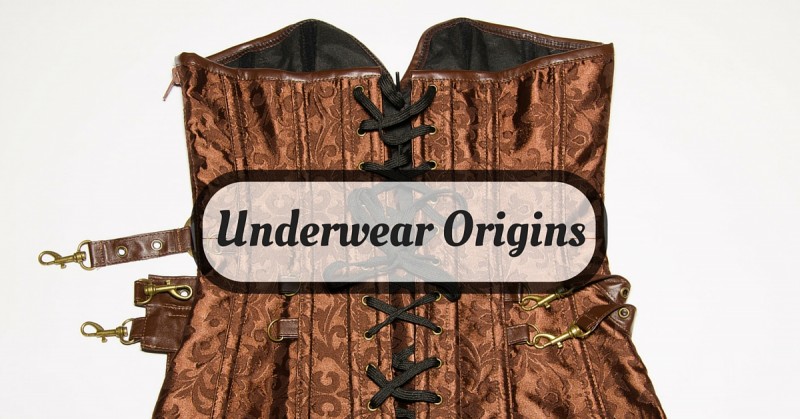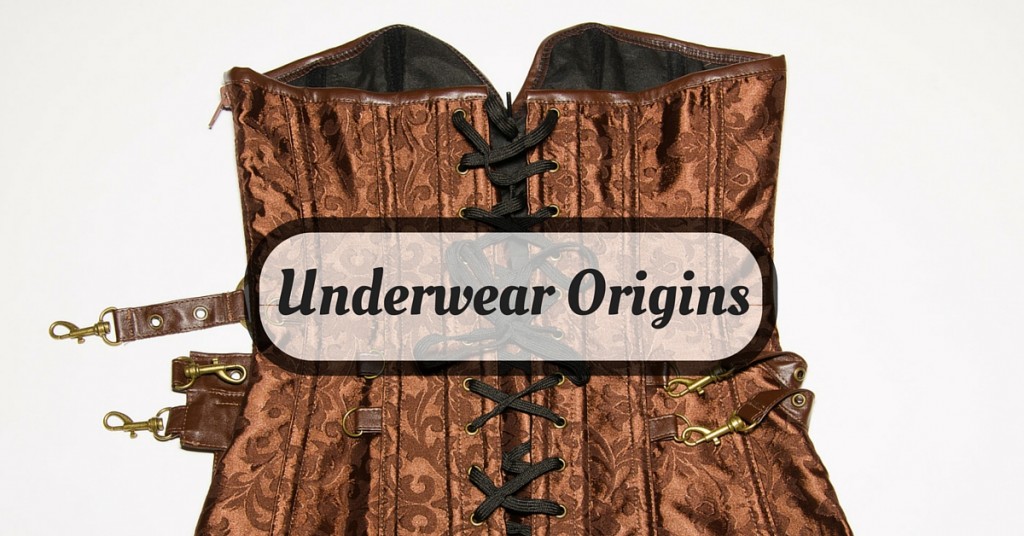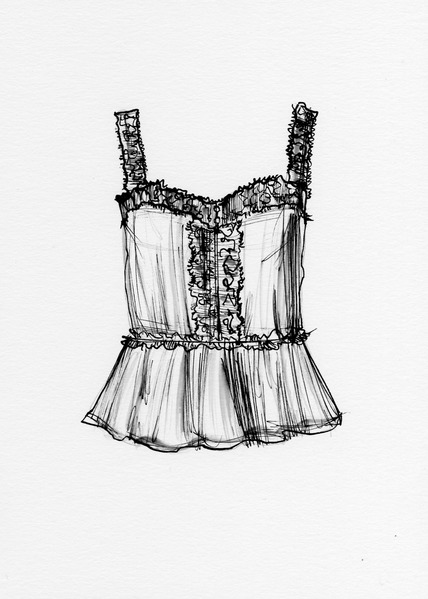Fascinating origins that answer the question: What lies beneath?
CORSET
Meaning: A stiffened undergarment extending from a woman’s hips to below her chest, to support and shape the torso
Origin: Corset is Old French for “little body,” from the Latin corpus, or “body.” (Body—later bodice—was used to refer to the part of a dress that covers the torso.) The garment has its origins in ancient Greece and Rome, where women sometimes wrapped broad bands around their bodies. By the 17th century, it had evolved into a tight inner bodice, sometimes of leather, stiffened with whalebone, wooden splints, or steel, and worn by both men and women.
By 1900 the corset was again primarily a female garment, and was modified to conform to the natural lines of a woman’s body.
GARTER
Meaning: An elastic or cloth band worn around the leg to keep up a stocking or sock
Origin: The word derives from the Old French gartier, meaning “bend of the knee.” According to popular legend, in 1348 Joan, Countess of Salisbury, accidentally lost her garter while dancing at a court ball. It was picked up by her partner, King Edward III, who gallantly diverted attention away from her bare leg by placing the blue band on his own, saying (in French), “Shame on those who think ill of this.” With that he formed the Order of the Garter, the highest grade of knighthood in England.
TANK TOP
Meaning: A sleeveless, tight-fitting shirt with wide shoulder straps and no front opening, often worn under a shirt
Origin: The term became popular around 1968, deriving from tank suit, a one-piece “bathing costume” for men (and later, women) in the 1920s. The tank suit was so called because it was worn in a pool, or “swimming tank.” The tank top became a fashion staple (on the outside) in the 1970s and 1980s.
Meaning: A women’s sleeveless top, often worn under a sheer blouse
Origin: The word is French, from the Latin camsa, or “shirt.” The camisole evolved from a simple corset cover in the mid-19th century. Designed to protect the dress from the corset, it was often decorated with embroidered flowers. The camisole itself evolved into two other undergarments: combined with knickers, it became the teddy, and joined with the petticoat, it became the slip.
NEGLIGEE
Meaning: A light dress or gown, frequently of a delicate, filmy fabric; often comes with a matching robe.
Origin: From the French négliger, “to neglect,” although in this case the meaning is closer to “to let go.” This sense originates with 18th-century women who, during rest periods after lunch, put on a lightweight, loose-fitting garment that released them temporarily from the tight-fitting dresses of the time. The modern, sexier negligee was popularized by a 1941 photo of Rita Hayworth in Life magazine; after World War II, it became a sought-after item of lingerie.
DRAWERS
Meaning: An old-fashioned term for underpants
Origin: Originally a men’s garment, adopted by 18th-century women to wear under hoopskirts. Before the Civil War, American men’s underwear were usually made of wool flannel. Most were kneelength with a simple button overlap in front and a drawstring at the waist. The word drawers dates from 1567 and indicates a garment that is pulled or “drawn” on, from the Norse draga, “to draw.”
MERRY WIDOW
Meaning: A strapless corset with attached garters
Origin: Introduced in 1951 by Warners, but popularized by Maiden form in 1952 for the film The Merry Widow, starring Lana Turner. The movie version of the merry widow was an elaborate contraption with panels of black and white lace, black elastic netting, a heavy zipper behind a velvet-backed hook-and-eye, and nine long spiral “shaping” wires encased in black satin. Turner reportedly said of it, “I tell you, the merry widow was designed by a man. A woman would never do that to another woman.”










